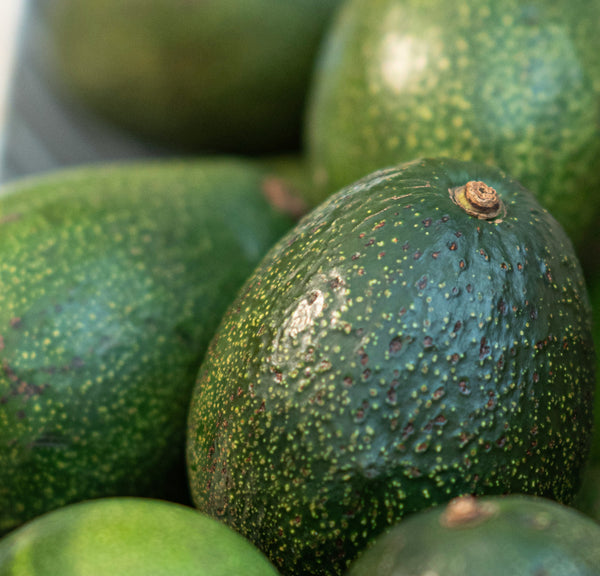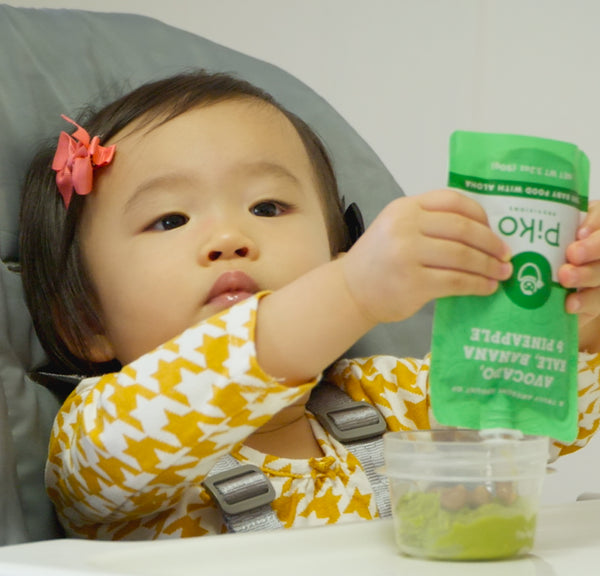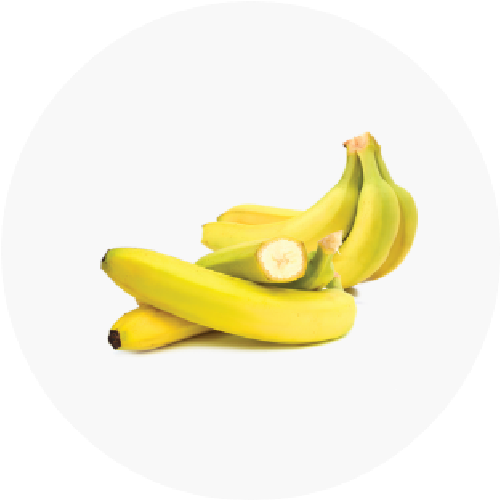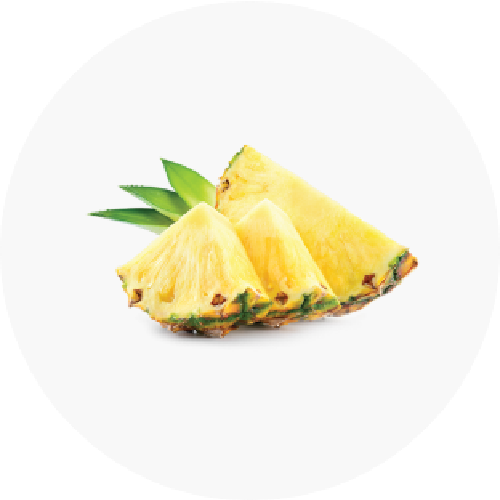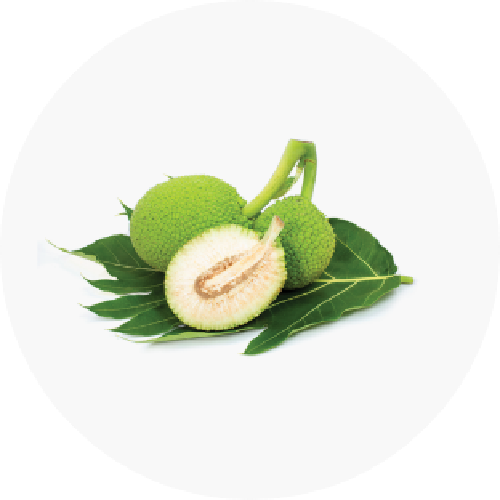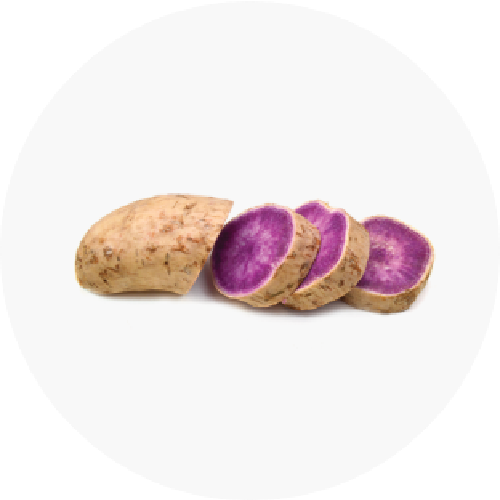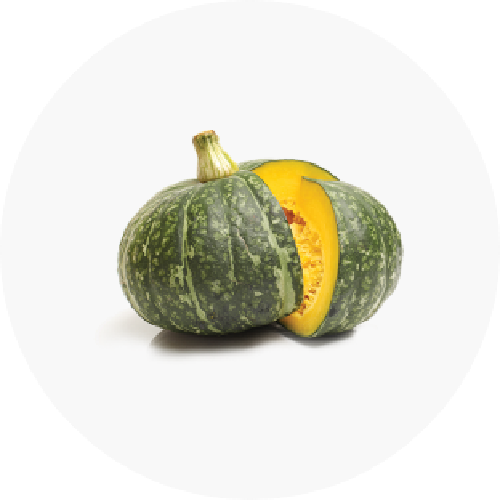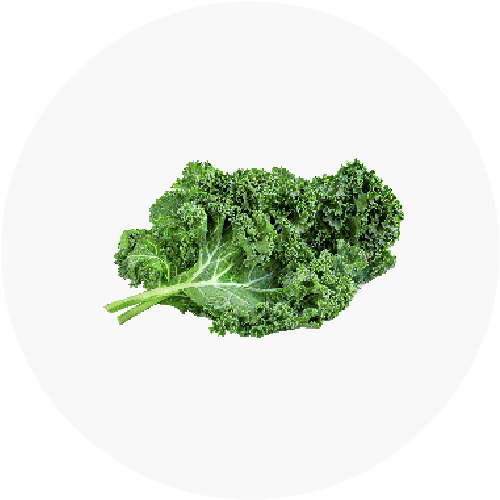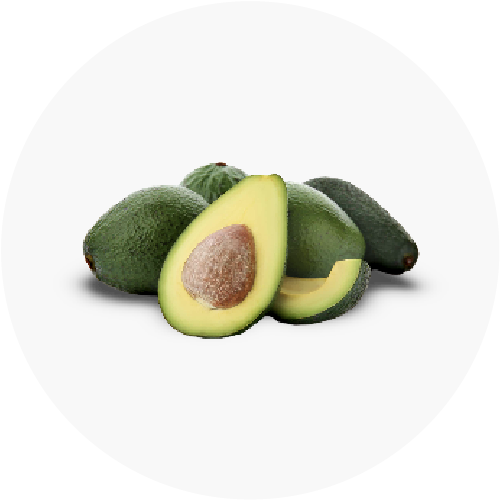The food we grow up with shapes us
Choosing traditional foods for our family gives us an opportunity to learn and share about our culture, history, and natural heritage.
And bonus: these foods are packed with the essential vitamins and nutrients we need to grow a stronger future.

Real food with no additives
At Piko Provisions we only use whole fruits and vegetables in our recipes. What you see listed on every pouch is what you get — no applesauce bases, artificial flavors, genetic modifiers or synthetic preservatives for long-term shelf stability. Just honest-to-goodness food straight from Hawaii.
View Products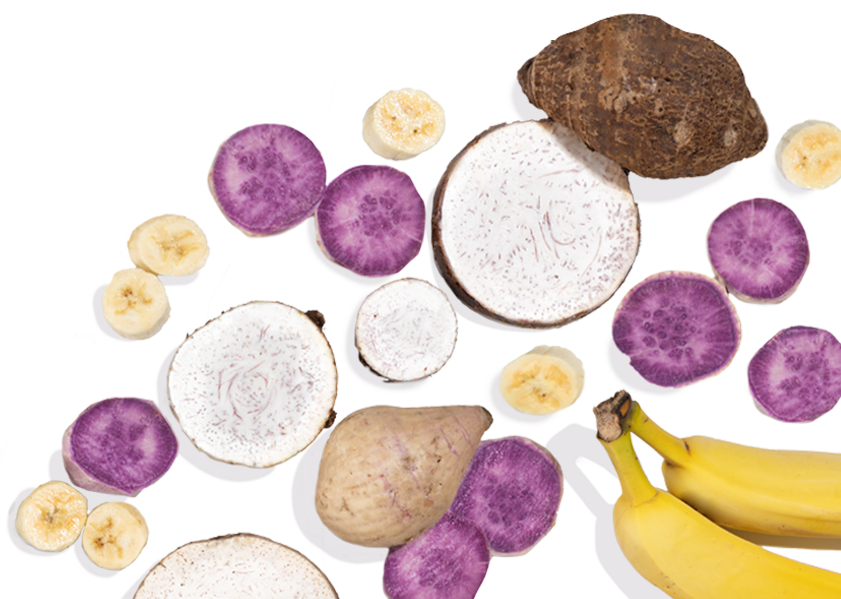
Our ingredients
Many of our ingredients were carried across the ocean to Hawaii in Polynesians’ double-hulled canoes. Others were introduced later. All our ingredients speak to Hawaii’s unique climate and culture, support the islands’ biodiversity, and promote children’s healthy growth.
Here’s just a small sampling of the amazing ingredients that make up our meals.
Kalo
Kalo is a root vegetable that is grown around the world, with many different names, including Taro in English.
Kalo takes 6-12 months to mature, therefore requiring a long growing season. Once cooked it becomes a delicious and nutritious staple the whole family can enjoy.
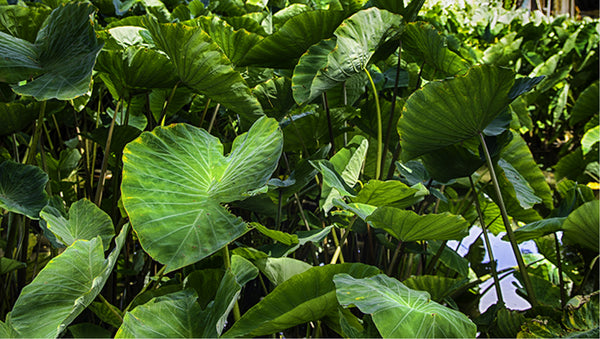
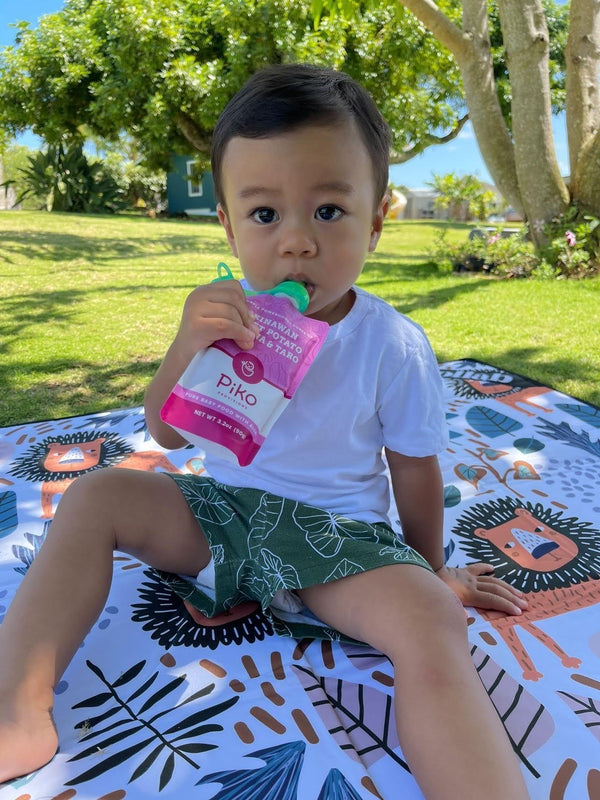
Mai’a
Mai’a, known as bananas, are one of the Hawaiian canoe crops. It’s thought that Mai’a were first grown in Southeast Asia, and then proliferated around the world. Mai’a and Kalo are often grown near one another as they make great companion plants: Mai’a provide Kalo with shade, while Kalo acts as a natural mulch.
Whether mashed or served as spears, Mai’a is a great early food for babies.
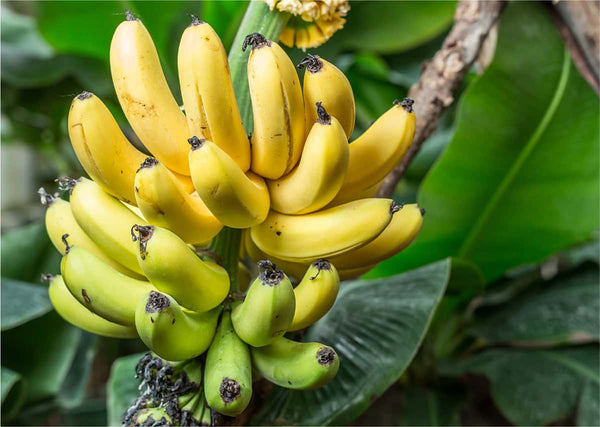
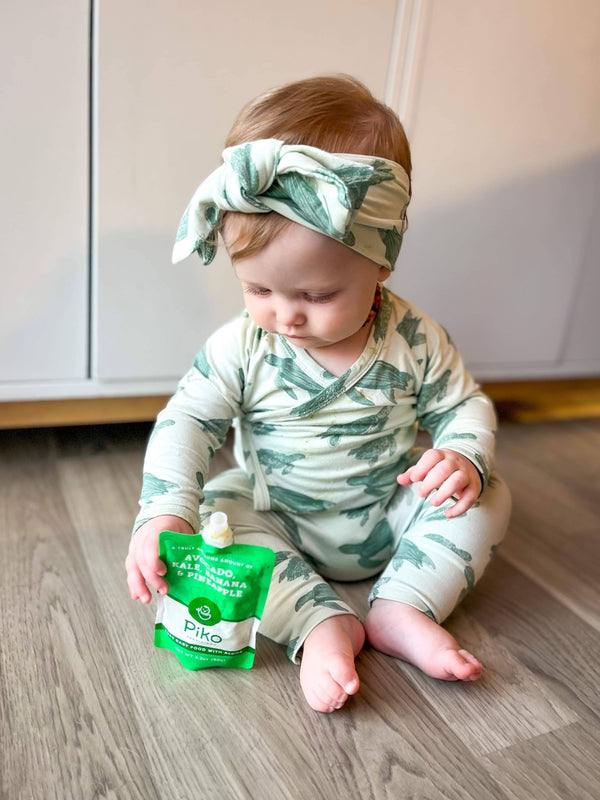
Hala Kahiki
Hala kahiki, or pineapple, likely originated in Brazilian rainforests and could have arrived in Hawaii in the 1800s. Canned pineapple production began in Hawaii in the early 1900s, but declined by the 1980s.
Hala kahiki pits with the flesh removed can be a fantastic teether for babies.
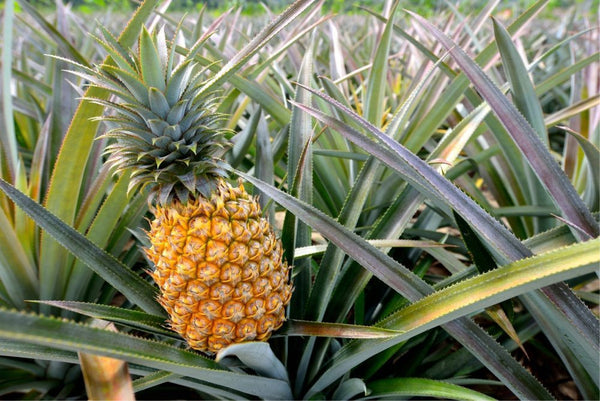

‘Ulu
‘Ulu is a starchy staple, known elsewhere as Breadfruit. Unlike other staple crops such as potatoes, wheat, and corn, breadfruit grows on a tree, and doesn’t need replanting. It also needs far less water and land to produce large quantities of food, and is resilient and resistant to hot dry conditions.
Researchers and activists are working to return ‘Ulu to its traditional status in Hawaiian diets, after imported processed food became prominent after WWII.
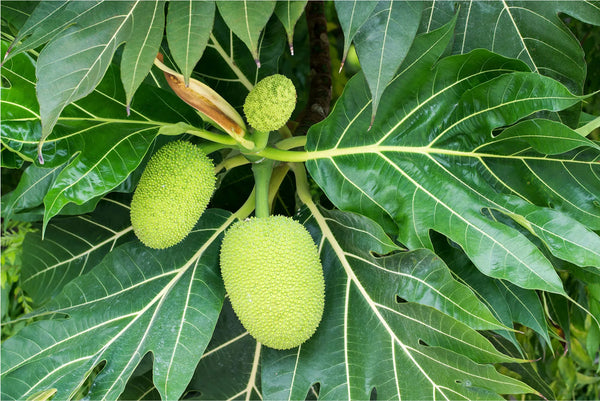
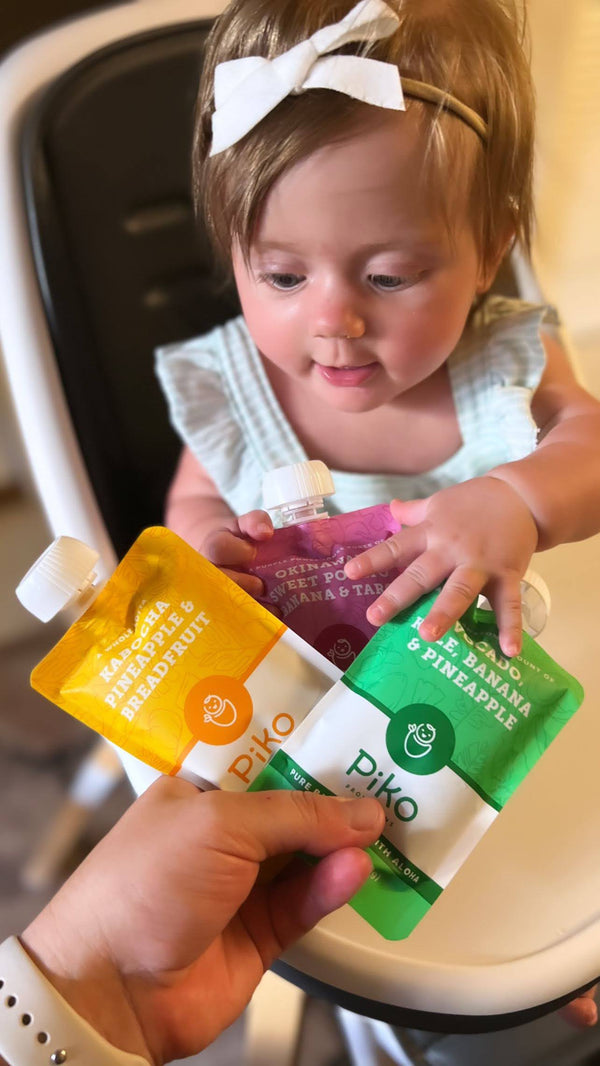
‘Uala
The sweet potato originates from South America, but the vibrant violet variety most popular in Hawaii was introduced by Japanese farmers. Okinawan sweet potatoes have a rich, deep flavor described as earthy and honey-like. 'Uala is a life-preserving staple crop, and its shoots and young leaves, Palula, are also delicious and nutritious. Mashed 'Uala is a great first food for babies starting solids, and can be mixed with breastmilk or formula for added nutritional benefit and familiarity.
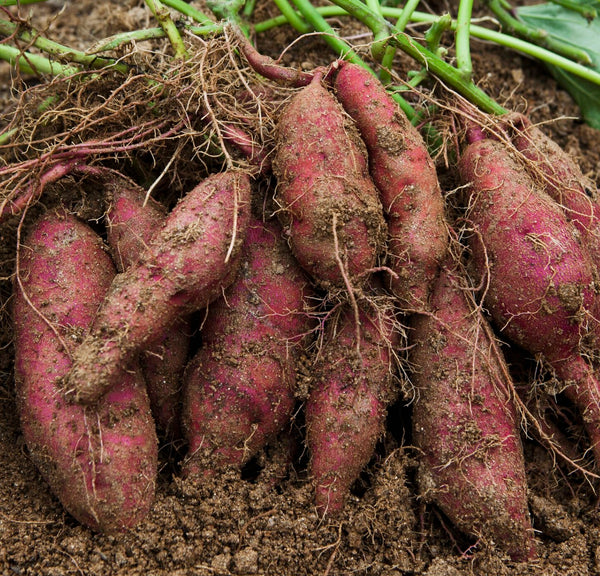
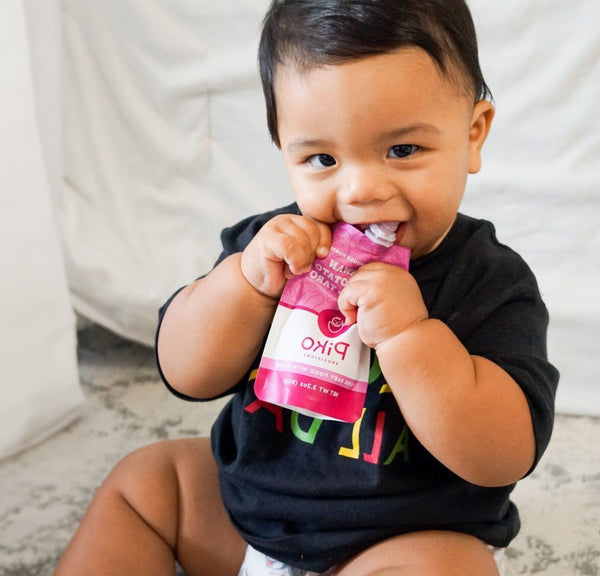
Pala’ai
Pala’ai, also known as Kabocha originated in Latin America, traveled to Japan in the 1500s, and came to Hawaii along with Japanese plantation workers. Pala’ai is a winter squash variety well adapted to warm, moist weather, which can be used as a ground cover next to rows of breadfruit trees to suppress weeds.
Pala’ai can be pureed for babies, like sweet potato, with breastmilk or formula for extra nutrition.
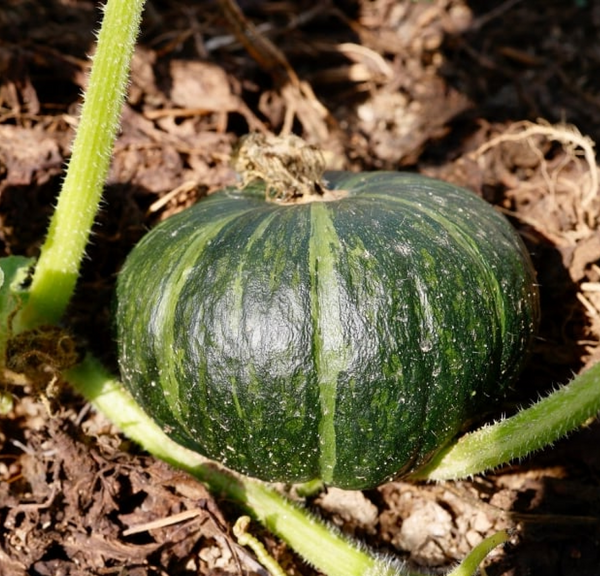
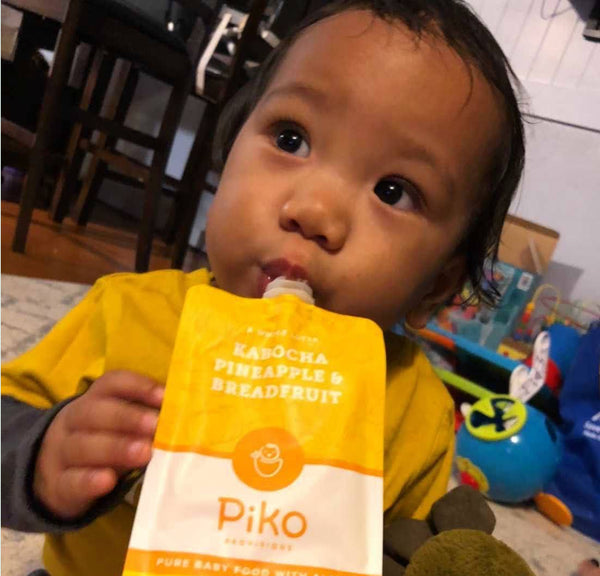
Kale
Kale is a green leafy vegetable descended from wild cabbage. It can be pulverized for young eaters and mixed into purees.
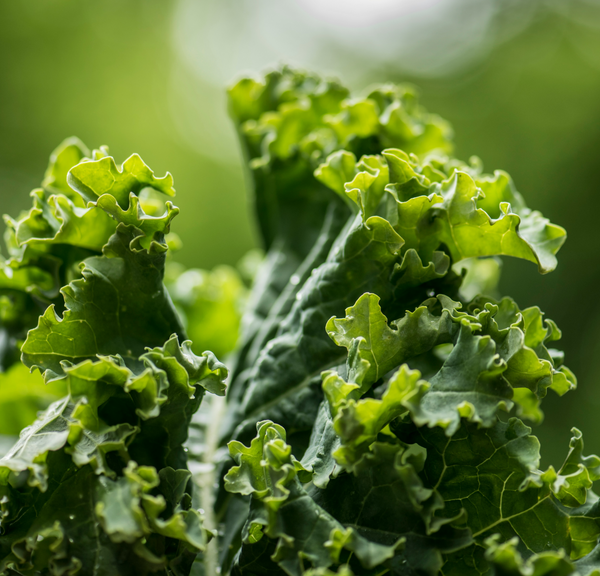
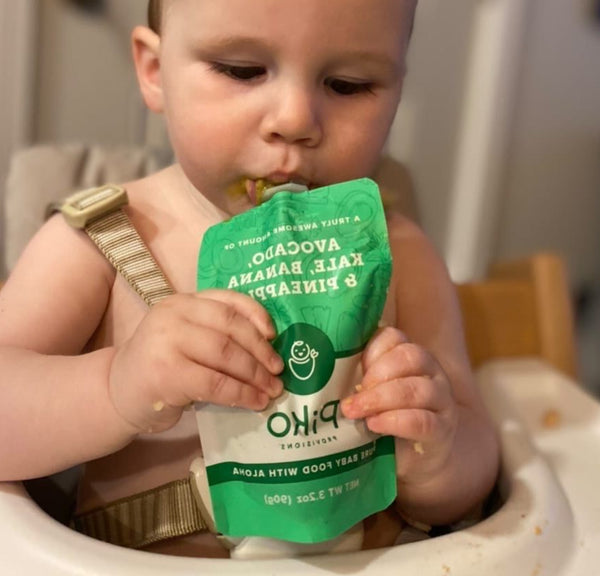
Avocado
Avocados likely came to Hawaii for the first time in the early 1800s, where they began to proliferate due to the favorable climate. Avocado is a great first food for babies either mashed or as big chunks for them to pick up.
